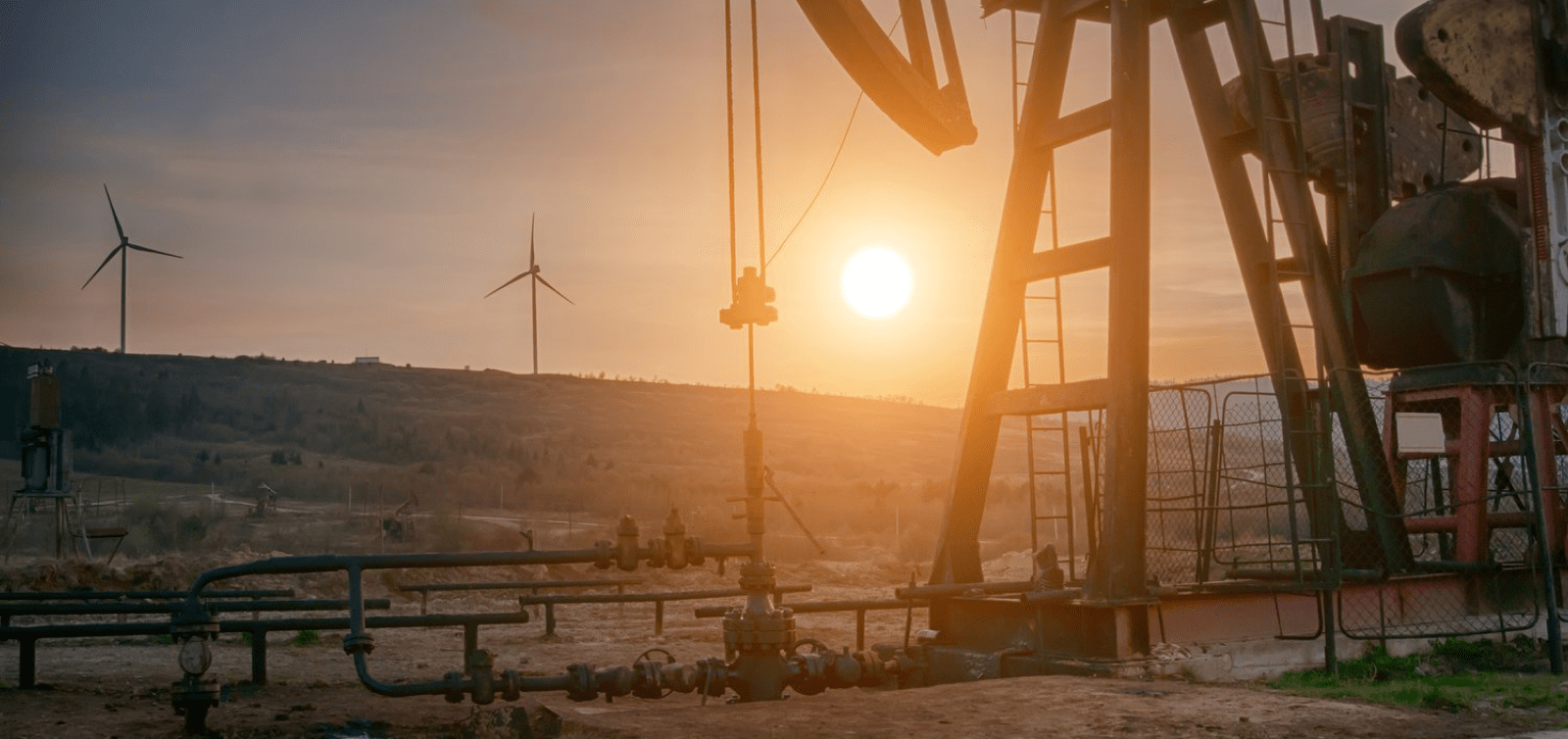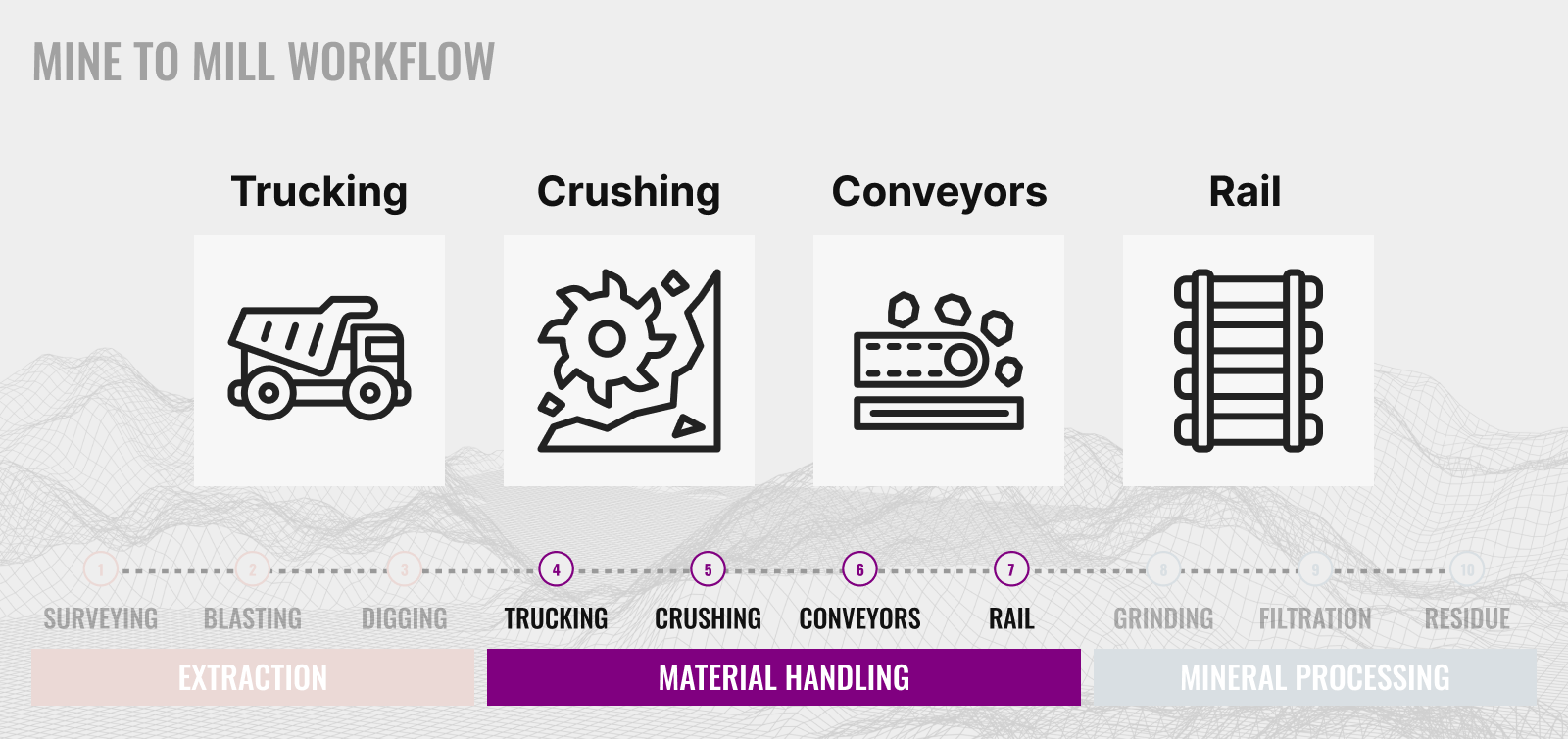Six-Step Guide to Unlocking Insights with an AI-Driven Video Platform
An AI-enhanced video analytics (VA) platform like Unleash live leverages advanced computer vision algorithms, packaging them into powerful AI Apps to process live video and high-quality image streams in real-time, extracting critical operational data and automating responsive actions. By using deep learning models for object detection, change tracking and pattern recognition, Unleash can dynamically monitor and analyze footage across diverse sectors, such as energy, public safety, mining and transportation.
Unleash live’s VA platform is also natively available in the cloud, however, it can also be deployed at the Edge, On-Prem, Hybrid or MEC/Nokia MIXIE (learn more) to balance our customers' need for scalability and low-latency responses, enabling rapid, localized decision-making. This architecture supports real-time event detection (e.g. equipment anomalies or safety compliance breaches), while enhancing workflow optimization and asset management. The AI Apps Store allows for industry-specific applications, making it adaptable to complex environments and valuable for automated inspections, risk assessment and resource allocation.
Unleash live’s AI-Driven VA Platform transforms raw video and imagery into actionable intelligence by following six essential steps and considerations that ensure effective deployment and functionality of a computer vision solution:
1. Camera Type and Placement
Choosing the right camera type is foundational. Depending on the application, you may need thermal, RGB or specialized sensors. Thermal cameras are valuable for detecting temperature variations and ideal for monitoring equipment heat signatures or human body temperatures. RGB cameras capture full-color data, offering general-purpose visuals suitable for object detection or safety compliance monitoring. For deployment locations, aerial (drone-mounted) cameras are ideal for wide-area surveillance (e.g. large industrial sites). In contrast, fixed cameras monitor static areas and robot-mounted cameras provide mobile, adaptable views. Each option affects the perspective, coverage area and data type gathered, so consider the use case when selecting camera type and placement. As a hardware-agnostic solution, Unleash supports a comprehensive range of camera sensors, from Video Management Systems such as Milestone and Genetec, to DJI drones and Axis cameras. Full range of supported hardware can be found on our website.
An example of drone-based thermal and RGB capture - useful for temperature and leak monitoring as well as reviewing structural defects.
2. Deployment Options
Computer vision processing can be deployed in various configurations, including cloud, edge, hybrid and MEC (Multi-access Edge Computing) setups. Cloud deployment is highly scalable and offers easy access to advanced computing resources but can introduce latency or have challenges with patchy connectivity. Edge computing processes data closer to the camera, providing low-latency responses and improved privacy for sensitive data. Hybrid solutions combine cloud scalability with edge efficiency, allowing flexible data handling based on network conditions or resource availability. MEC, specifically used in environments like 5G networks, supports ultra-low-latency processing, ideal for real-time analytics on mobile and connected devices. The choice of deployment model influences the speed, scalability and cost of your computer vision system.
3. Connectivity Options
Connectivity impacts data transmission speed and reliability. Fiber-optic connections provide high bandwidth and stable connectivity, which is ideal for fixed installations with high data requirements. Private LTE and 5G networks offer wireless high-speed connections, especially useful for remote or expansive industrial sites, allowing cameras to send large volumes of data in real time. Satellite connectivity solutions like Starlink offer internet access in remote areas where fiber or cellular connections are unavailable. Each option has trade-offs regarding latency, bandwidth and coverage, so selecting the right connectivity is essential for data-intensive and latency-sensitive applications
4. AI Applications
Determine if the specific AI application you need already exists or if custom development is required. Unleash live provides an ‘AI Apps Store’, where off-the-shelf models are available for common use cases like object detection, asset tracking or compliance monitoring. If a custom AI App is required, Unleash or a 3rd party can build one. Learn more about what is an AI App and the benefits of working with Unleash when it comes to quickly deploying new vision AI applications.
5. Data Frequency, Output Format and Distribution
Decide the frequency of data capture and streaming (e.g. continuous, periodic) based on operational needs and connectivity limitations. Output formats may range from video clips to processed analytics reports or even specific alerts for actionable events. Additionally, defining the recipients of these insights (e.g. operations teams, safety officers) is crucial for practical integration into existing workflows. This setup helps avoid data overload and ensures that actionable insights are timely and delivered to the right teams.
6. Trial/Proof of Concept vs. Production
Depending upon the use case(s) being deployed, a proof of concept (PoC) or trial phase is recommended. This allows you to test the solution’s accuracy, reliability and integration with existing processes.
Unleash live differentiates between a PoC and Trial by use case applications. Where an existing AI App exists and simply requires refinement, this is referred to as a trial. Where the use case is completely new and an AI App is being built from scratch, this is a PoC where we refine performance feedback, address unforeseen issues and establish metrics for success. After successful PoC validation, a production-ready system can be implemented focusing on scalability, security and regular monitoring, ensuring it delivers long-term value.
By addressing these steps, customers can systematically deploy robust computer vision applications for operational requirements and scale to virtually an unlimited number of use cases.
An Example of Unleash live’s AI Apps Menu for the Mining Sector
This is a fast-moving space and the list of AI Apps specifically being developed for the mining industry is is ever-increasing, as we align to mining workflows including:
1. Extraction: Explore a range of extraction use cases that encompasses; surveying, perimeter monitoring, mobile plant inspections and productivity monitoring, land management, site safety and so much more, with a few examples listed below:
- Automated UAV surveying
- UAV blast monitoring
- GET missing tooth and tooth wear detection
- Bucket payload monitoring
- Fleet usage
- Land management and rehabilitation for ESG
- Site safety - PPE Equipment Detection
2. Material Handling: Uncover use cases for; crusher analytics, cart monitoring, linear pipeline, conveyor and rail performance monitoring, rail yard logistics, hot roller detection, stockpile volume measurement and over and under stocking detection. Examples are listed below:
An excavator-mounted camera automatically monitors worn teeth on Ground Engaging Tools (GET), poewred by Unleash live's AI Apps
- Crusher analytics and boulder detection
- Ore cart monitoring
- Heavy vehicle analytics
- Linear pipeline monitoring
- Linear conveyor monitoring
- Rail performance monitoring
- Rail-yard logistics
- Hot Roller detection
- Mineshaft analytics
- Filter press health monitoring and blowout prevention
- Tailing dam stability and carbonation
- Flaring and venting (Ringelmann)
- Methane detection
- Containment loss
Summary
In an increasingly digital landscape, Unleash live’s AI-driven video platform empowers the mining sector to enhance efficiency, safety and productivity across a range of operations. By systematically addressing key elements, from selecting the right camera types and deployment options to tailoring AI applications and connectivity choices, Unleash live equips mining companies with real-time, data-driven insights that meet specific operational needs (Learn more). Its adaptable AI Apps Menu, covering areas like extraction, material handling and mineral processing, provides scalable solutions that evolve alongside industry demands and technological advancements. While the mining industry is a primary example, Unleash live’s platform also supports utilities, renewables, emergency services and transport, setting new standards for operational intelligence across these critical sectors.
Discover how Unleash live is reshaping intelligence for the next generation here.







